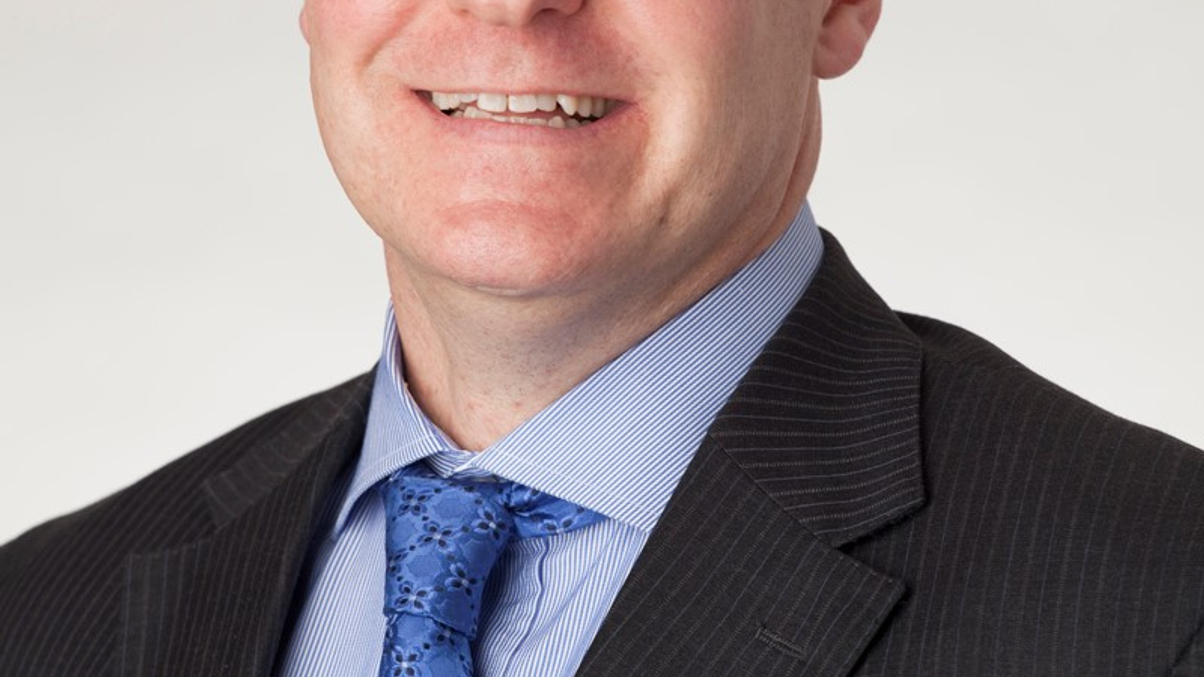IFM Investors hires, starts Asia push
Dan Vanden Boom has left Morgan Stanley to join the infrastructure asset manager in Australia, as his boss Eddy Schipper starts gathering assets in Asia.

Infrastructure asset manager IFM Investors has hired Dan Vanden Boom from Morgan Stanley Investment Management to develop the business, originate deals and manage relationships with asset consultants. He will start in May, based in the firm’s head office in Melbourne.
Sign In to Your Account
Access Exclusive AsianInvestor Content!
Please sign in to your subscription to unlock full access to our premium AI resources.
Free Registration & 7-Day Trial
Register now to enjoy a 7-day free trial—no registration fees required. Click the link to get started.
Note: This free trial is a one-time offer.
¬ Haymarket Media Limited. All rights reserved.


